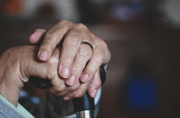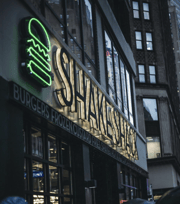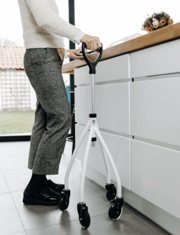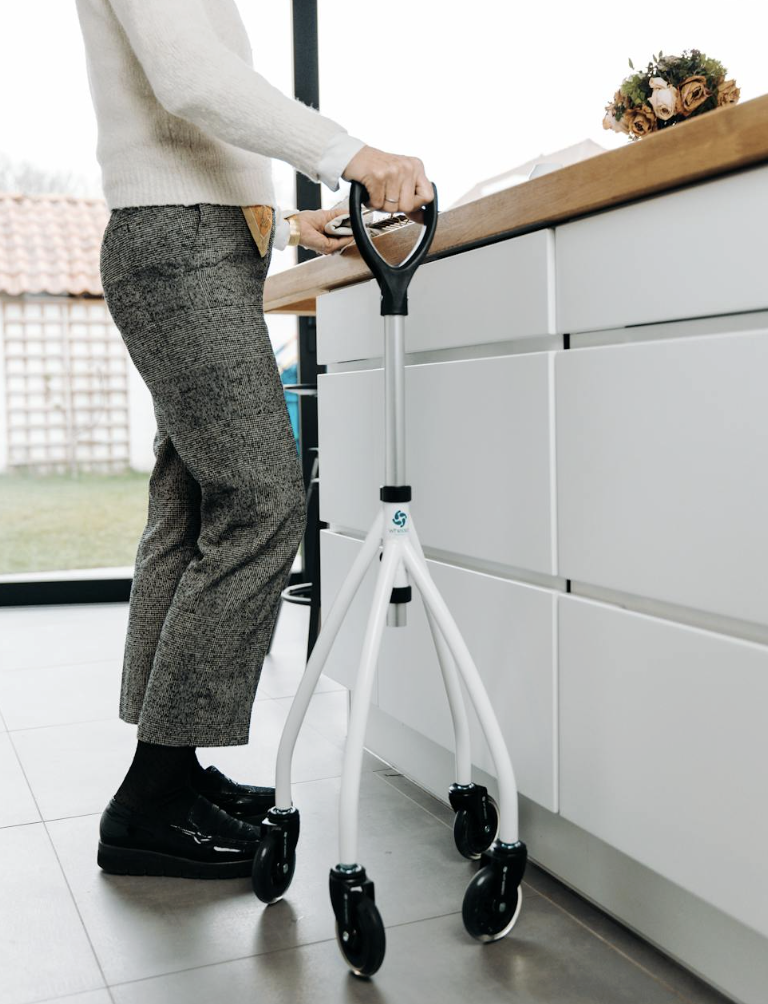
Staying steady as we age doesn’t just come down to good shoes or careful walking. Behind the scenes, a wave of modern tools is quietly reshaping how older adults can prevent falls and live more confidently at home. Whether you live alone or simply want extra peace of mind, some of these devices might surprise you.
From smartwatches that detect movement changes to motion-sensing lights that guide your path at night, technology is stepping in to offer subtle but powerful support.
And unlike older, clunky equipment, today’s tools are often designed to blend seamlessly into your daily life.
Why fall prevention matters more than ever
According to the Centers for Disease Control and Prevention (CDC), falls remain the leading cause of injury-related deaths for adults 65 and older.
In 2019, more than 80% of fatal hip fractures in this group were the result of a fall. It’s a statistic that underscores how serious—even life-altering—a fall can be.
But fear shouldn’t mean giving up independence.
New innovations are helping seniors reduce risk while staying active, whether through smarter devices, subtle home upgrades, or wearable tools that offer early warnings.
Also read: Common medications may be fueling a rise in deadly senior falls
Three ways technology helps reduce falls
Fall-prevention tech tends to fall into three key categories:
- Identification – tools that monitor health and movement to spot risks early
- Mitigation – equipment and modifications that reduce the chance or impact of a fall
- Communication – devices that help you get help quickly, if a fall happens
Also read: Beat winter's hidden dangers: Your complete guide to staying safe when temperatures drop
1. Identification: Staying one step ahead
Smartwatches and rings:
Wearables like the Apple Watch or Oura Ring now go far beyond step-counting. These tools can detect a fall, monitor heart rate, track sleep, and even alert emergency contacts.
The Oura Ring, for example, can help identify fatigue—a common contributor to poor balance.
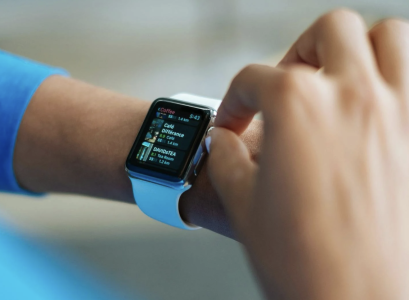
Stability scales:
These bathroom-friendly tools work like a regular scale but measure micro-movements in your stance.
If you’re wobbling more than usual, it might be time to rest, strengthen muscles, or adjust your routine.
Some studies suggest this kind of feedback could cut fall risk by over 70%.
AI-powered motion sensors:
Brands like Nomo Smart Care use radar (not cameras) to detect unusual patterns at home—such as a lack of movement or irregular walking times.
They then alert caregivers without invading your privacy.
Also read: The 7 digital skills every senior should know to stay safer and more independent
2. Mitigation: Reducing the risks around you
Smart insoles and shoes:
Beyond supportive footwear, new insoles with built-in sensors can assess how you walk and distribute weight.
These insights can be helpful for people with Parkinson’s, neuropathy, or diabetes-related foot issues.
Canes, walkers, and grab bars:
These timeless tools continue to evolve. Today’s designs are lighter, sleeker, and even tech-enhanced.
Grab bars near the toilet or shower may seem simple, but they often prevent some of the most common and dangerous household falls.
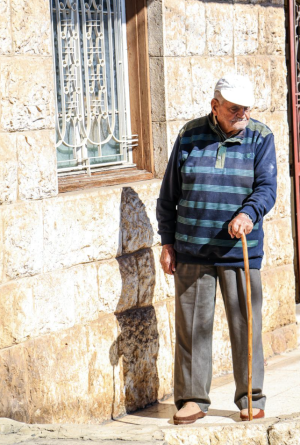
Motion-sensor lighting:
Falls often happen in the dark.
LED night-lights, hallway motion detectors, or under-bed strip lighting can make a big difference—especially during nighttime bathroom trips.
3. Communication: Getting help when it matters
Emergency alert systems:
Many smartwatches and pendants now offer automatic fall detection and SOS buttons.
Some let you call for help with your voice alone. You can set these up to notify family, caregivers, or 911 directly.
Smart doorbells and locks:
With video doorbells and remote-controlled locks, there’s no need to rush to the door.
You can check visitors and unlock entryways from your couch—or allow trusted caregivers to monitor access remotely.
Also read: Over 55? These 4 simple balance tests may reveal you're aging in reverse
Tech works best with healthy habits
No device replaces daily activity and smart home planning.
Dr. Eugene Lipov, a longevity researcher, recommends exercises like standing from a chair without using your arms—ten times a day if possible.
This strengthens leg and core muscles to help with balance.
Other tips to layer on top of tech include:
- Removing clutter and tripping hazards
- Securing loose rugs or mats
- Keeping essentials at waist height
- Staying up to date with vision and hearing exams
Also read: Simple chair exercises every older adult can do to improve balance and strength at home
Overcoming stigma: Embracing safety, not shame
Using fall-prevention tools isn’t a sign of weakness—it’s a sign of wisdom.
As Dr. John Schumann put it, “Ignore the stereotypes in pursuit of safety.”
Taking steps now can help you live independently longer, with fewer risks and greater peace of mind.
The takeaway
Falls aren’t just an unfortunate part of aging—they’re often preventable.
From wearable tech to better lighting, the tools are out there to help reduce your risk and give both you and your loved ones greater peace of mind.
Even small upgrades can lead to a safer, steadier future.
Read next:
- Are you doing these life-saving exercises to prevent dangerous falls?
- Staying active with limited mobility: Safe and effective exercises for seniors
- 11 easy ways to move more every day—without hitting the gym
Have you tried any fall-prevention tools at home? We’d love to hear what’s worked for you or a loved one. Share your tips or experiences in the comments—your advice could help someone else take their next step with confidence.

